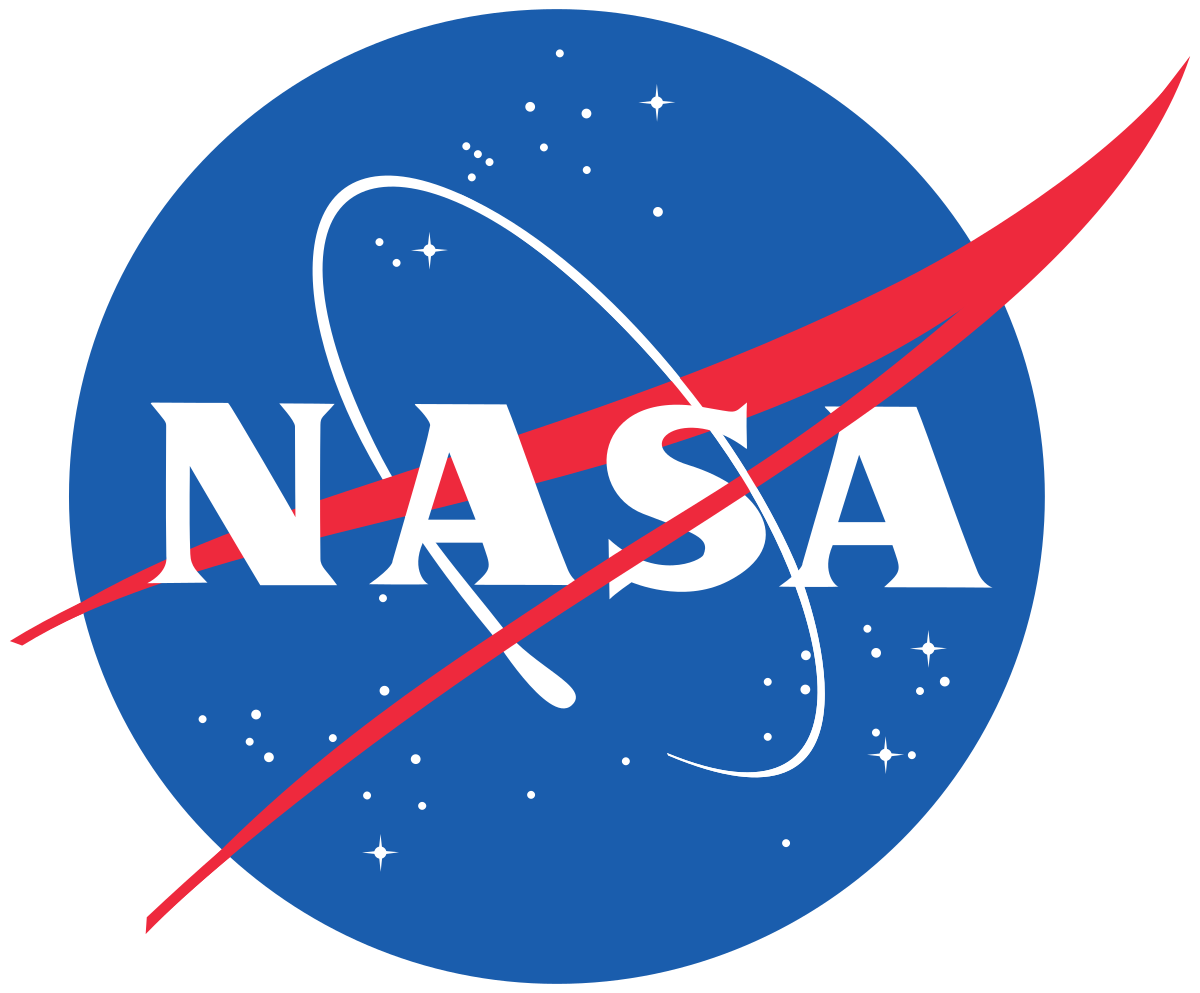After setting foot on the Moon in 1969, the next destination for humankind is obviously Mars. Traveling to Mars presents a whole new set of challenges in speedy, long-distance space travel.
In a major step for transporting astronauts and heavy loads of cargo across the Solar System in a short time, NASA just announced another successful test of an innovative rocket engine with enough thrust for a manned mission to Mars.
Testing the prototype Rotating Detonation Rocket Engine (RDRE) at the NASA Marshall Space Flight Center in Alabama has set new records for the technology, achieving almost six thousand pounds of thrust for two hundred and fifty seconds.
That beats the four thousand pounds of thrust for nearly a minute that the rocket engine managed in 2022, with the results validated early in 2023.
The eventual aim is to construct a fully reusable thousand-pound class RDRE to improve on traditional liquid rocket engines.
Thomas Teasley is leading the RDRE project at the Marshall Space Flight Center. He said that “The RDRE enables a huge leap in design efficiency.”
What makes the RDRE so revolutionary is that it utilizes a sustained detonation circling around a ring-shaped channel. It is fed by a mix of fuel and oxygen which is ignited by each passing explosion.
The RDRE technology has been under development for years, and in lab-based testing since 2020. Scientists are now showing that it is stable and manageable enough to be used in actual rockets to take us to space.
Crucially, the RDRE uses much less fuel than conventional rocket engines. It is also simpler in terms of its machinery and mechanisms. That means that launching payloads into space becomes cheaper, and traveling further distances becomes possible.
It costs an enormous amount of money to explore space. This may be one reason why we haven't had any alien visitors come to Earth yet. It would require a substantial increase in terms of how much fuel would be needed to cross the long distances between stars.
NASA has used 3D printing techniques to produce custom machine parts that are strong enough to withstand the extreme heat and pressure involved in the RDRE design.
The engineers conducting the RDRE test say that they now have a better understanding of how the combustor could be scaled and adapted to support different levels of thrust, different types of engine systems, and different classes of space missions.
NASA is hoping that the first manned mission to Mars might arrive there sometimes in the 2030s. There are still many serious challenges to overcome in terms of getting to Mars and surviving once the astronauts land. However, having an efficient means of propulsion certainly helps solve one of the more significant obstacles.
Tomas Teasley said, “It demonstrates we are closer to making lightweight propulsion systems that will allow us to send more mass and payload further into deep space, a critical component to NASA's Moon to Mars.”
